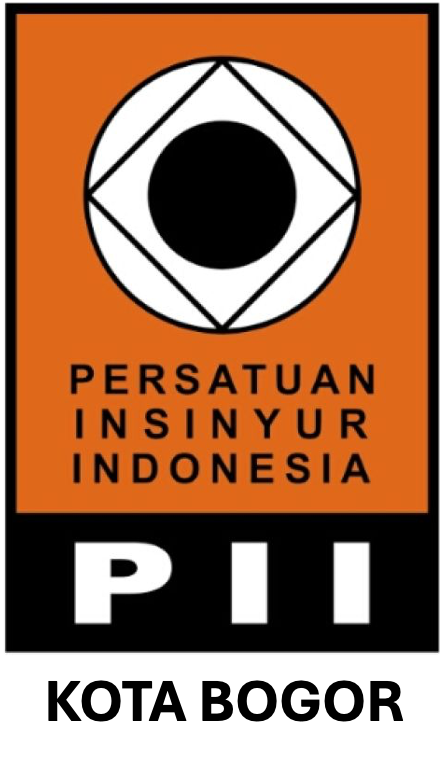Rancangan Sumur Resapan Air Hujan sebagai Upaya Pengurangan Limpasan di Kampung Babakan, Cibinong, Kabupaten Bogor
Abstract
Land use change due to housing construction can indirectly damage the water catchment area. This resulted in a decrease in the area of rainwater absorption that caused rain water collected on existing drainage channels. This study aims to analyse the number and dimensions of infiltration wells in reducing the volume of inundation and determine the value of effectiveness reduction of runoff. The infiltration wells was used to collect rainwater and absorb it into the soil. Based on the calculation in Babakan Village area of 2.42 ha, with runoff coefficient of 0.4 for village character, and design rainfall of 97.36 mm/day, the estimated flood volume based on SNI 03-2453-2002 was 805790.30 liter or 805.79 m3. Based on the calculation, Babakan Village needed 115 infiltration wells and 76 trenches. With the infiltration wells and trenches, the total flood volume can be reduced 620.62 m3 or 77.02% of the total runoff.
Keywords: design rainfall, infiltration wells, runoff, trenches
Downloads
Authors who publish with Jurnal Teknik Sipil dan Lingkungan, JSIL agree to the following terms:
a. Authors retain copyright and grant the journal right of first publication with the work simultaneously licensed under a Creative Commons Attribution License that allows others to share the work with an acknowledgment of the work's authorship and initial publication in this journal.
b. Authors are able to enter into separate, additional contractual arrangements for the non-exclusive distribution of the journal's published version of the work (e.g., post it to an institutional repository or publish it in a book), with an acknowledgment of its initial publication in this journal.
c. Authors are permitted and encouraged to post their work online (e.g., in institutional repositories or on their website) prior to and during the submission process, as it can lead to productive exchanges, as well as earlier and greater citation of published work (See The Effect of Open Access).











